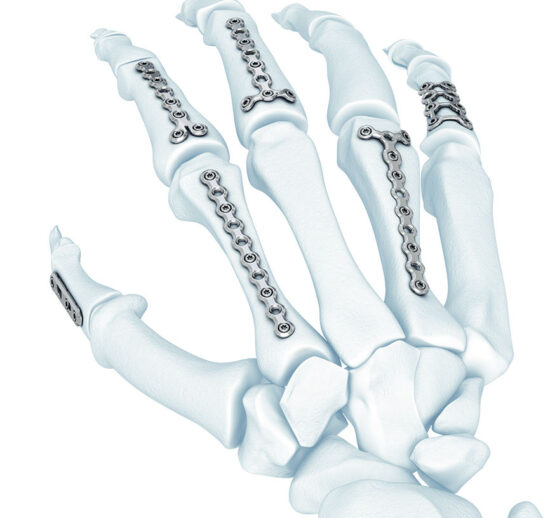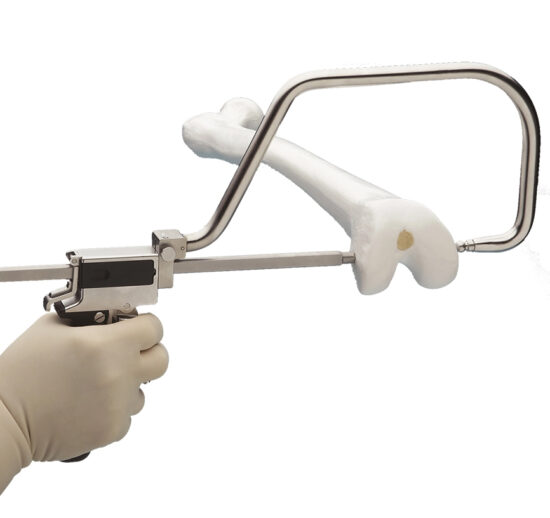Bone Minerals
chronOS® Bone Graft Substitute contains calcium and phosphorus, two of the main mineral constituents of bone.
REMODELING WITHIN 6 TO 18 MONTHS1, 2, 3
Osteoclasts resorb chronOS Bone Void Filler implants like natural bone.1
chronOS® Bone Graft Substitute
- Available as granules and preformed shapes
- ChronOS Bone Void Filler implants benefit from a compromise between porosity and mechanical stability4, 5
- The size of the macropores of chronOSBone Void Filler implants are distributed within a range of 100 to 500 μm which provides the scaffold for vascularization and migration of osteoclasts and osteoblasts.6
- Can be perfused with the patient’s own blood or bone marrow
- Can be used alone or mixed with autograft for large volume defects
- Due to the synthetic origin of chronOS bone void filler implants there is no risk of animal tissue prion related disease transmission to the patient due to chronOS.7, 8, 9
References
1Buser D et al. (1998) Evaluation of filling materials in H2membrane protected bone defects: A comparative histomorphometric study in the mandible of miniature pigs. Clin Oral Implants Res 9 (3): 137; 144-145
2Waisbrod H, Gerbershagen HU. A pilot study of the value of ceramics for bone replacement. Arch Orthop Trauma Surg. 1986;105(5):298-300
3van Hemert WL, Willems K, Anderson PG, van Heerwaarden RJ, Wymenga AB. Tricalcium phosphate granules or rigid wedge preforms in open wedge high tibial osteotomy: a radiological study with a new evaluation system. Knee. 2004;11(6): 451, 454-455
4Gazdag, A.R., Lane, J.M., Glaser, D., and Forster, R.A. (1995). Alternatives to autogenous bone graft: efficacy and indications. J Am Acad Orthop Surg 3: 4-5
5Chapter 5 -Design Dossier -SE_634299_AA 5.2.3 Physico-Chemical Testing/Page 25
6Lu JX, Flautre B et al. (1999) Role of interconnections in porous bioceramics on bone recolonization in vitro and vivo. J Mater Sci Mater Med 10:111;113-120
7Stoll et al. (2004) New Aspects in Osteoinduction. Mat.-wiss. u. Werkstofftech, 35 (4), pp 198
8Kim, Y., Nowzari, H., Rich, S.K. Risk of Prion Disease Transmission through Bovine-Derived Bone Substitutes: A Systematic Review. Clinical Implant Dentistry and Related Research, Volume 15, Number 5, 2013. Pg 645 -651
9Kim, Y., Nowzari, H., Rich, S.K. The Risk of Prion Infection through Bovine Grafting Materials. Clinical Implant Dentistry and Related Research, Volume 18, Number 6, 2016. Pg 1095 –1100






